After its mid-September release Low’s 13th studio album Hey What hit 23 on the UK’s Official Charts, their highest ranking to date. Back in early 2001, Things We Lost in the Fire topped out at number 81. Despite the increasing profile, Mimi Parker and Alan Sparhawk remain largely autonomous. There’s the odd change of bass player, label or producer, but their work together as Low is self-determined. They do what they want, and they define Low.
They live in Duluth, Minnesota – where Bob Dylan was born – are married, have children and are Mormons. During the pandemic, they opened the door to their world with the regular It’s Friday, I’m In Low internet sessions on Instagram, mostly filmed in their basement. Old and new songs were played, some of which ended up on Hey What. There were also light-hearted tutorials on playing the Low way and gardening tips. Their son Cyrus cropped up on bass. The openness is in keeping with a propensity for candour. Alan has had issues with drugs and his mental health – neither of which have been kept a secret.
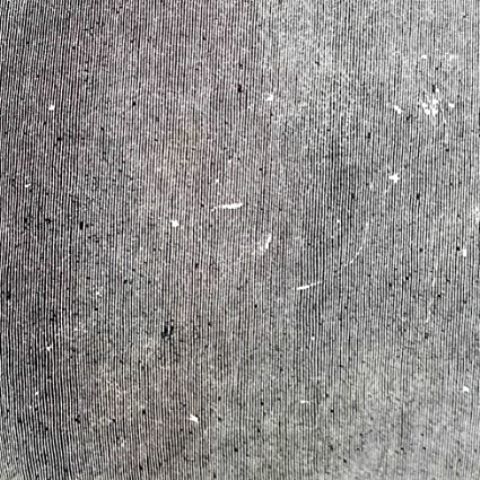 Rather than revisiting old territory, catching up with them at their home via Zoom after the release of Hey What (pictured right) brought the opportunity to dig into the album, the creative processes behind it and learn how they view it. Hey What was made with producer BJ Burton at his Minneapolis studio. It was their first album as a duo, without a bass player. Recording began in May 2020 and was completed in piecemeal fashion for one or two days at a time, with gaps of up to four weeks between each session. Burton – also known for his work with Charli XCX, Kacey Musgroves, Taylor Swift and Bon Iver – previously worked with Low on their last two albums, 2018’s Double Negative and 2015’s Ones and Sixes. Most of the new album’s songs were played on the Instagram shows but time in the studio turned them into something else. As Alan and Mimi explain here, there’s a distinction between playing live and recording.
Rather than revisiting old territory, catching up with them at their home via Zoom after the release of Hey What (pictured right) brought the opportunity to dig into the album, the creative processes behind it and learn how they view it. Hey What was made with producer BJ Burton at his Minneapolis studio. It was their first album as a duo, without a bass player. Recording began in May 2020 and was completed in piecemeal fashion for one or two days at a time, with gaps of up to four weeks between each session. Burton – also known for his work with Charli XCX, Kacey Musgroves, Taylor Swift and Bon Iver – previously worked with Low on their last two albums, 2018’s Double Negative and 2015’s Ones and Sixes. Most of the new album’s songs were played on the Instagram shows but time in the studio turned them into something else. As Alan and Mimi explain here, there’s a distinction between playing live and recording.
While Mimi is more understated, Alan can be allusive and combines the explicatory with what – after transcription – looks like an abruptness. In the moment though, it’s obvious he is happy to talk and is frequently amused by the results of being invited to conduct some self-examination. Above all, Alan and Mimi are friendly – exactly as they came across in It’s Friday, I’m In Low.
KIERON TYLER: “More”, Hey What’s penultimate track is very direct.
ALAN SPARHAWK: That song was very fresh when we brought it into the studio. Had the guitar part, the music part figured out – a few lines [of lyrics]. One day we had a few extra minutes to put it down for the next session to finish up the lyrics. We had a rough structure and a week or two later we came in and did the vocal. There’s not a lot of moving parts on that song. Once the guitars, synth and vocal were down it was pretty much together.
MIMI PARKER: The way [producer] BJ Burton works is that he’s always working as we do it. It’s not as if we put everything down and then after the fact we go in and mix it. Pretty much while the song is being recorded, it’s being mixed. The process was really fast as “More” wasn’t the first one we did.
AS: It was about two-thirds of the way in.
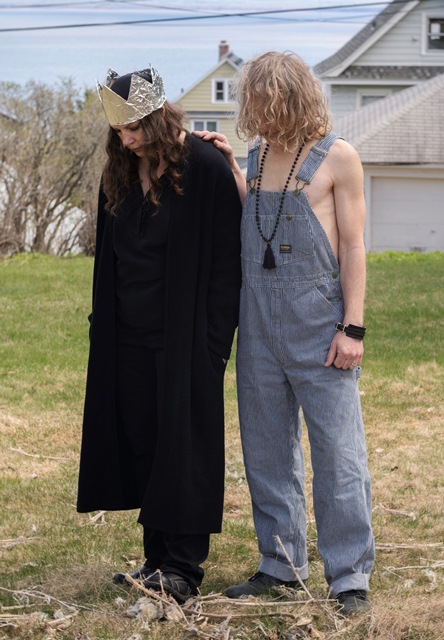 Does this mean that if you’re creating as you go along, you don’t know what the final album will sound like? You don’t have the Brian Wilson thing of the entire thing painted in your head as you start?
Does this mean that if you’re creating as you go along, you don’t know what the final album will sound like? You don’t have the Brian Wilson thing of the entire thing painted in your head as you start?
MP: No.
AS: Not at all. Low certainly started out doing the kind of record where you set up, play, do the vocals and then that’s it. We’ve pushed and pulled at the possibilities, stretched out. There’s a certain confidence or respect we’ve built over the last few records where we know this song is there, we’ve got the vocal sound, we’ve a couple of ideas – we go in knowing we want to find a way to make it interesting, make it new for us. One of the goals is to make something really wild to hear. The key to that is not knowing what it will sound like, trusting the songs and the people we work with.
Do you record demos?
AS: We have, from time to time
MP: Not on this record.
AS: There were maybe three or four demos I did for [the 2015 BJ Burton co-produced album] Ones and Sixes]. It was useful to demonstrate to BJ what we’re thinking. Helping to find each other’s space. To help BJ see where we were at and what his part was.
MP: We work ’em out.
When you did the Instagram, you showed your work in progress and showed how to play your songs. Given how what you record is a result of this evolution in the studio, was that a difficult decision to make – showing things which were part-way there?
AS: We were exposing how raw and simple it is, not magical. Seeing the flaws. We’ll show you behind the curtain. It’s fun. Spend a long time with the guitar, and you have your struggles with it. The last couple of years I’ve been helping out with a school downtown here teaching kids and there’s real joy in seeing them playing their first G chord, and then realising at the same time that our songs are really simple. It really is these three chords over and over again, and you can play along with me right now.
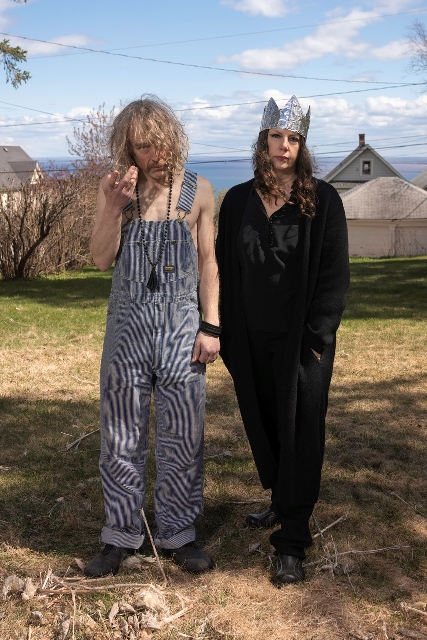 Along the lines of the Velvet Undergrounds “Sister Ray”, how do you know when to stop playing those chords over and over again?
Along the lines of the Velvet Undergrounds “Sister Ray”, how do you know when to stop playing those chords over and over again?
AS: That’s funny. Before we started Low, I had a group with Zak Sally who was Low’s bass player for a number of years – we were noisy and repetitive, it was a time for us to play “Sister Ray”. But you kind of know when you hit it. It’s pretty obvious when you find something exciting, when you hit all the spots in the brain that need hitting.
MP: Alan has more patience for that than I do. I’m like “I think we’ve got enough…next phase of the song…” He can get an anchor and stay there for a long time. He barely ever makes that decision when to stop. I do.
AS: Most of the time we sense when we’re pushing it. I can tell if I’m getting into territory where it’s “I don’t know,” where I’m not going to continue with this particular grinding noise.
On Hey What, the first couple of minutes of “Days Like These” is a traditional song, then that fades out and it goes into something completely different. How do you decide to change a song into something else while it continues?
AS: For me, that one is about song structure. The song presented itself and while writing the verses sometimes you get what you get out of the universe, there’s things in the window and I’m trying to figure it out. What are we going to do? We have two verses, and an aggressive vocal presence, then there’s a need for a pause – do we do the same thing again? What do we do? This song seemed to be just two verses. We thought, OK, it comes out almost acapella at the beginning. The second section follows a release of the tension. That song was demanding, demanding, demanding.
MP: It’s subjective. There are billions of songs you’ve heard, you take from them. There have been some of our songs that don’t follow any structure we’ve heard in the past.
AS: Structure is key in minimalism. Especially in pop minimalism.
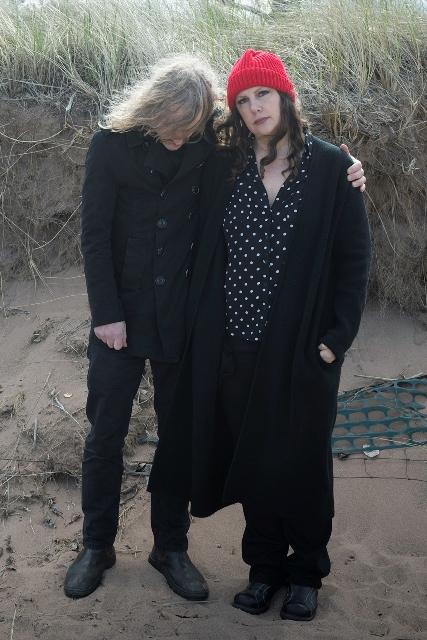 You talked about the vocal – “Don’t Walk Away” is almost acapella. Is this Low’s vocal album?
You talked about the vocal – “Don’t Walk Away” is almost acapella. Is this Low’s vocal album?
MP: We knew somehow we were going to differentiate the whole sound [of the album] – what have we got to do that’s different. Tracking the vocals seemed to be going really well, we were singing well.
AS: The vocals sound really good, loud and dry. There was a little bit of a decision about this will be different from [Low’s last album] Double Negative. With this one: here’s the vocals, here’s everything else. The vocals almost not being touched. Little lights guide you along – this is OK, you follow that. “Don’t Walk Away” is almost hymn-ey. Some of the songs sound like hymns to me.
Can you talk about the sequencing of Hey What. “The Price You Pay” feels like the natural end point.
AS: It took a little time. You find a way one song segues into to another – a drone you can cross fade with another song. Pretty early on, “The Price You Pay” felt like the last song. Its structure is like a weird ghost coming back saying “how did it go?”
MP: Sometimes you write a song and you think that’s a great song to start the record, then this is a great one to end it with and the rest is a little hard…fitting it in.
“White Horses” was the obvious start.
AS: Yeah, it really grabs you right away. A little bit reminiscent of the last record, but this was a new thing.
Once it’s all drawn together, do you find there are themes you hadn’t realised were there?
AS: Absolutely. When we write, we’re never going “let’s write about this.” It’s much more subconscious. You get bits and later you realise this relates to this or it’s referencing this. When you have a song like “Days Like This” and “The Price You Pay” it’s pretty bold, and it’s hard not see this as grappling with the times we’re in, whether it’s the fragmentation of society. There are a lot of songs which surprised me, where there’s a lot about social justice and gender inequality, about being a white dude and still finding new depths of my own ignorance and continuing to realise that things I take for granted and had not pondered. I’m pleasantly surprised that there is evidence in there that I’m engaging with that as a writer.
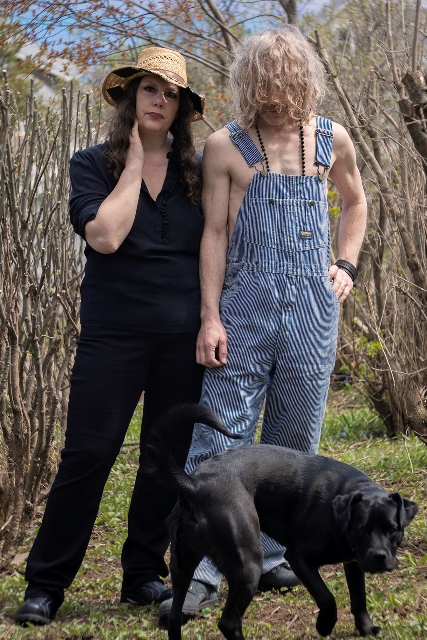 What about the specifics of “All Night”?
What about the specifics of “All Night”?
AS: It’s maybe a little reminiscent of being mentally ill, dealing with the battle that goes on. Finding all night you’re fighting inside your brain, forces pushing you this way and that way.
How is this going to work live?
AS: Anyone who’s seen us in last few years knows that in spite of what the records sound like we’re pretty raw. It’s become a different thing to the studio. Drums and Guns [issued 2007: Low’s eighth album] was the first record where we made sounds we knew we couldn’t play live. They’re separate things, but we’ll reference the record. If we tried to recreate the record live, we’d be looking at each other waiting for someone to press the space bar.
MP: Hopefully, it’ll be alright. The idea of driving and driving [while touring] is not very appealing. But it’s been like that for a while, the older we get…
AS: Since quarantine, I’ve noticed I can’t stand being in a car. I never had a massive tolerance for it. Take a break and I go back and do all the things I used to do, then experience them at face value – why the hell was I doing this before?
MP: Playing live is great though.
AS: It is fun. It is stressful and unpredictable, but it is fun.
What would you like the great British public to know?
AS: If you are a gardener, next year try San Marzano tomatoes. If you stay on top of them for a while, watering not too much, they’re really hardy. You don’t have to reduce them for sauce, just grind them up
I thought they only grew on volcanic soil.
MP: Man, they flourish in Minnesota.
AS: Other advice…whatever you want to do, whatever you want to be – do it every day, spend five or 10 minutes with it and it will become part of you.
MP: I’m not the best at putting it into practice.

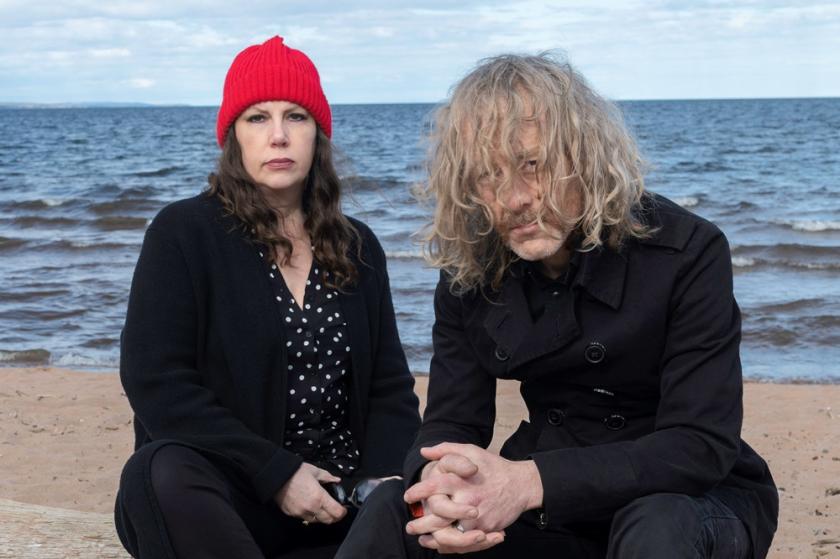



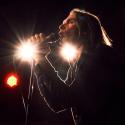





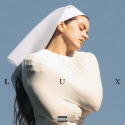



Add comment